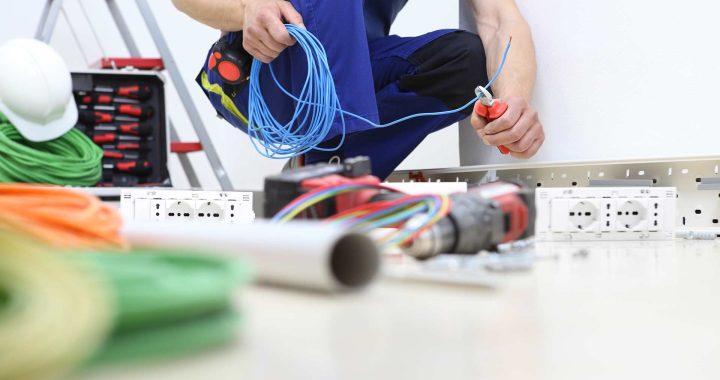Before you consider a rewire for your property, it is important to carefully consider all elements of the project to ensure a smooth work flow and timely project completion. Based on our years of experience in delivering hundreds of rewires across all types of properties, we have prepared the following checklist to assist you below.
Does my house need a rewire?
This is the first question to answer and may not be immediately apparent on first look at the property. Generally speaking, if the property is over 20 years old or has an old style porcelain fuse board (with screw in fuses), the house will need a complete rewire and you can forgo the cost and processes of getting a periodical inspection report for the property.
Arranging a periodical inspection report for your property
A periodical inspection report is essentially an installation health check of your property designed to identify any faults or issues with the installation. The report is graded as “Requires urgent attention”, “Requires improvement”, “Requires some improvement” and “Does not comply with the current National Rules for Electrical Installations”. In rare cases, the electrician may issue a Notice of Potential Hazard (NoHz) to the person responsible for the electrical installation and Safe Electric for immediate action and redress. More information on what is involved with a periodical inspection report can be found on Safe Electrics website here
Alternative accommodation
Due to the nature of a house rewire, a property cannot be occupied or accessed during the process due to Health & Safety regulations and the fact that your property would be classed as a live building site with floor boards removed and sockets and wires exposed and not made safe yet. It is important to have alternative accommodation available for you and your family for the duration of the rewire project.
Decide on what elements of an installation you want to include prior to the rewire commencing
Numbers of sockets, switches, dimmer switches and fused spurs are the initial considerations prior to commencing the project. Other elements to consider include future additions such as an EV charger, solar panels, new kitchen, new shower/bathroom or property extension. By planning for these future additions, you can ensure that all the wiring, structure and feeds are installed and ready and connected to the fuse board, rather than having to begin the process of running new cables to facilitate the new elements within the property.
Preparing your property for the rewire
Rewiring a house can be a dusty business. Sockets, channels and feeds will need to be cut to facilitate the installation. Ordinarily, it will not be necessary to remove the full contents of a house to allow access to the walls and floorboards etc. However, your electrician will usually advise the areas that items will need to be removed from prior to work commencing. Dust sheets will be needed to protect furniture and decorative items. In some cases, kitchen cabinets and presses will need to be removed along with carpet/laminate flooring prior to project commencement. Kitchen tiles currently in situ will also have to be removed to allow the fitting of cables so it is a good idea to postpone fitting a new kitchen prior to your rewire project. As mentioned in the next paragraph, putting contractors in touch with each other prior to work commencing allows job requirements and fixture and fitting positions to be discussed to ensure no nasty surprises afterwards.
Arrange for additional services to be scheduled at the same time
In order to ensure a smooth project work flow, it is important to connect all tradespeople who may be doing development work around the same time period. Constant communication between your bathroom installer, kitchen installer, plasterer etc can ensure there are no mistakes or issues between scheduled works.
Arrange for an on site meeting with your installer after the “first fix” has been completed
Meeting your installer after the first fix (the initial preparatory work prior to the actual installation) has been completed is always a good idea. It allows you to ensure that all project specs have been followed and to double check that all the positions of the fixtures and fittings are indeed correct prior to the second fix commencing (the actual installation)
Rewiring a house can seem like a daunting task. However, by choosing a reputable rewire company, doing your due diligence and following a careful project checklist, you can ensure a headache free experience and be back in your house in no time.

